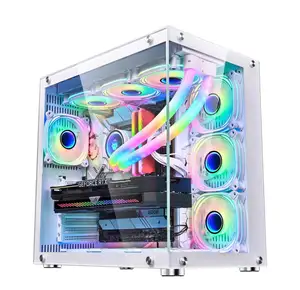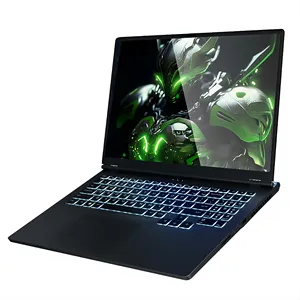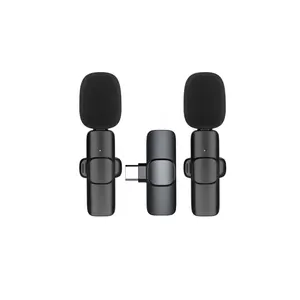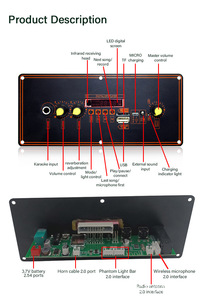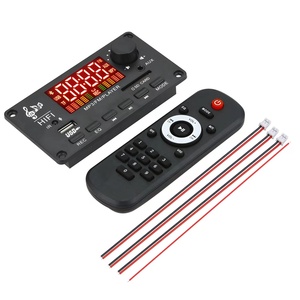Popular in your industry























































































































































Top categories
About aux board
The Aux board, also known as the auxiliary switch board, is a circuit board that provides an additional set of input/output functionalities to an existing device. These functionalities can range from simple push-button controls to more complex sensor inputs and display outputs. The aux board is often used to expand the capabilities of a device without the need for a complete redesign. The inkocean ink201bt is a popular example of an aux board that adds Bluetooth connectivity to printers, enabling wireless printing.
Applications of Aux board
One of the most common applications of an auxiliary switch board is in consumer electronics. For example, an aux circuit board can be used to add new buttons or knobs to a device, providing users with more control options. In the automotive industry, aux boards are often used to integrate aftermarket components, such as lighting systems or audio equipment, into the vehicle's existing control system. In industrial automation, aux boards can be used to expand the monitoring and control capabilities of programmable logic controllers (PLCs) or other control systems.
Advantages of Aux board
An aux board allows for the seamless integration of additional features or functionalities into an existing device or system, without the need for a complete redesign. This can lead to cost savings and faster time-to-market for product development. Furthermore, aux boards are often modular and customizable, making them suitable for a wide range of applications. They also provide an efficient way to upgrade or enhance the performance of legacy systems. For example, a Raspberry Pi Zero aux board can be used to add new capabilities to older devices that may not have been available when the devices were first manufactured.
How Aux boards work
The specific functionality of an aux board depends on its design and intended use. However, the basic principle remains the same. An aux board typically consists of a printed circuit board (PCB) with electronic components, such as sensors, switches, or connectors, mounted on it. In many cases, the aux board is connected to the main control board of the device through a cable or a set of interface connectors. This allows the aux board to communicate with the main system and exchange data. Depending on the application, the aux board may be used to provide additional input options, such as buttons or knobs, or output options, such as status indicators or display screens. In some cases, the aux board may also include its own processing capabilities to perform specific tasks.
